The world of gastronomy is no stranger to scientific intrigue, and few subjects bridge these two realms as elegantly as the study of Parmesan cheese crystal formation. These tiny, crunchy deposits—often dismissed as mere textural quirks—have become a focal point for food scientists, cheesemakers, and gourmands alike. What begins as a simple chemical process reveals itself as a complex interplay of time, temperature, and tradition, offering insights into why aged Parmigiano-Reggiano develops its signature granular bite.
At the heart of this phenomenon lies tyrosine, an amino acid that forms during the prolonged aging of hard cheeses. As Parmesan matures—often for 24 months or longer—proteins break down into smaller components through enzymatic activity. Tyrosine, being poorly soluble in water, gradually clusters into microscopic crystals that grow more pronounced with time. These crystals manifest as those delightful white specks scattered throughout well-aged wheels, particularly near the rind where moisture loss is most accelerated. Far from defects, they serve as nature's timestamp, verifying a cheese's extended maturation.
The environmental conditions within aging caves play a crucial role in crystal development. Traditional Parmigiano-Reggiano producers in Italy's Emilia-Romagna region maintain cellars at carefully controlled humidity (around 85%) and temperature (15-18°C). This slow dehydration process allows for gradual moisture migration from the cheese's center outward, creating concentration gradients that favor tyrosine precipitation. Modern research using X-ray diffraction has revealed that these crystals adopt a distinctive needle-like structure, their formation influenced by the cheese's inherent pH (typically 5.1-5.4) and the presence of calcium ions from the milk.
Artisanal methods contribute significantly to crystal formation patterns. Cheesemakers using copper vats—still employed by some Parmesan producers—introduce trace minerals that may act as nucleation sites for crystal growth. The practice of turning wheels by hand during aging ensures even moisture distribution, leading to more uniform tyrosine deposition. Interestingly, the season of milk collection impacts crystal development; summer milk, rich in aromatic compounds from pasture grasses, tends to yield cheeses with more pronounced crystalline structures after aging.
Sensory scientists have mapped how these crystals influence perception. When teeth encounter tyrosine clusters (typically 50-200 micrometers in size), they create high-frequency vibrations detected by periodontal mechanoreceptors. This translates neurologically as "crunchiness," a quality quantified using acoustic emission tests showing peak frequencies between 5-15 kHz. The crystals also serve as flavor reservoirs—their hydrophobic nature traps lipid-soluble aroma compounds like butyric acid and diacetyl, which are released abruptly during mastication, creating what food engineers call "flavor bursts."
Commercial implications of this research are profound. Some affineurs now experiment with temperature cycling to enhance crystal development, briefly exposing cheeses to 4°C intervals to accelerate tyrosine precipitation. Counterintuitively, vacuum packaging—while extending shelf life—inhibits crystal formation by maintaining higher moisture content. This has led to innovations in breathable aging wraps that permit controlled dehydration. Meanwhile, counterfeit detection methods now include microscopic crystal analysis, as improperly aged "Parmesan" lacks the characteristic tyrosine patterns of authentic 24-month Parmigiano-Reggiano.
From a culinary standpoint, chefs have begun treating Parmesan crystals as a distinct ingredient. Some collect them from especially crystalline batches to use as finishing salts, while others incorporate them into powdered seasonings where their delayed flavor release creates layered taste experiences. Molecular gastronomy applications include using tyrosine crystals as natural thickeners in cheese-based emulsions, where they provide structural support without artificial additives.
The study of these crystalline structures continues to yield surprises. Recent neutron scattering experiments at the Institut Laue-Langevin revealed that Parmesan's tyrosine crystals arrange in fractal-like patterns at the nanoscale, suggesting their formation follows mathematical principles seen in other natural crystallization processes. As research progresses, what began as curiosity about those tiny white specks in our pasta toppings has blossomed into a multidisciplinary exploration touching materials science, neuroscience, and centuries-old culinary craftsmanship.
For consumers, understanding this phenomenon transforms how we appreciate aged Parmesan. Those crystalline crunch points aren't just textural accidents—they're the edible equivalent of geological strata, each layer telling a story of microbial activity, environmental conditions, and human expertise. As you next encounter these tiny crystals in a shard of Parmesan, consider that you're tasting not just cheese, but the physical manifestation of time itself.

By /May 26, 2025
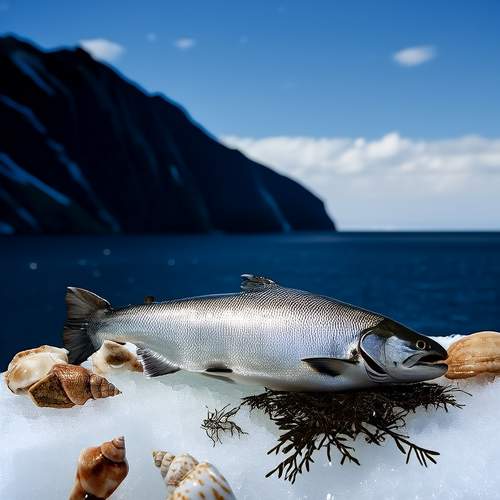
By /May 26, 2025

By /May 26, 2025
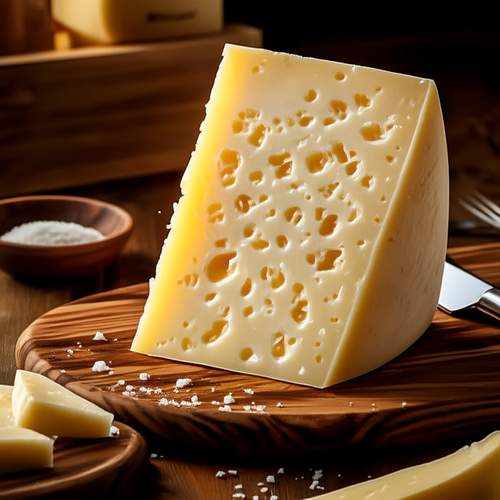
By /May 26, 2025
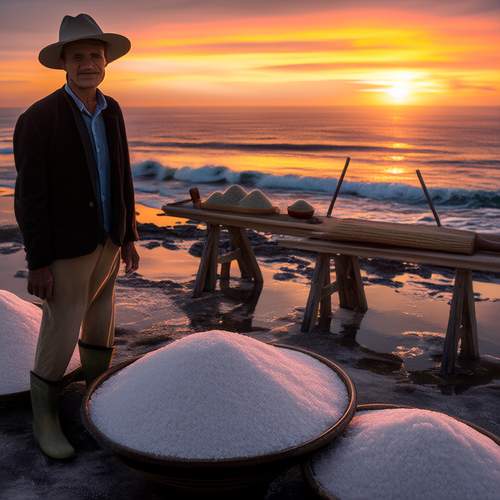
By /May 26, 2025
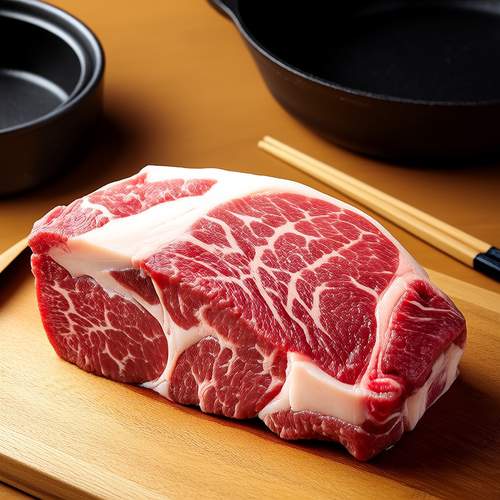
By /May 26, 2025

By /May 26, 2025
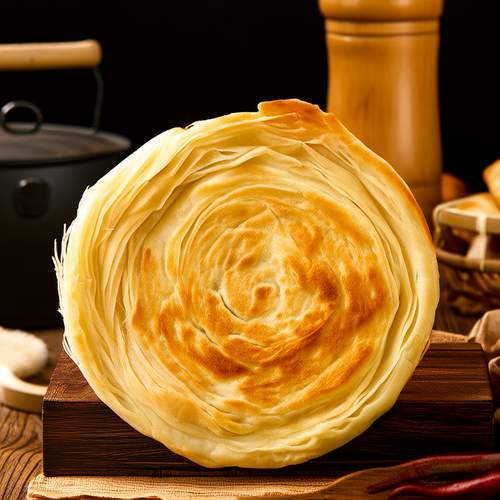
By /May 26, 2025

By /May 26, 2025
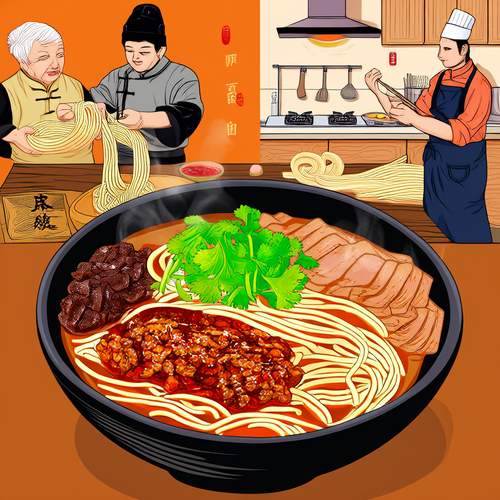
By /May 26, 2025

By /May 26, 2025

By /May 26, 2025

By /May 26, 2025

By /May 26, 2025

By /May 26, 2025
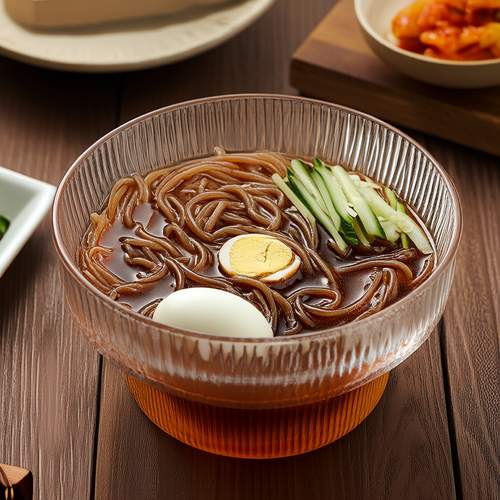
By /May 26, 2025

By /May 26, 2025
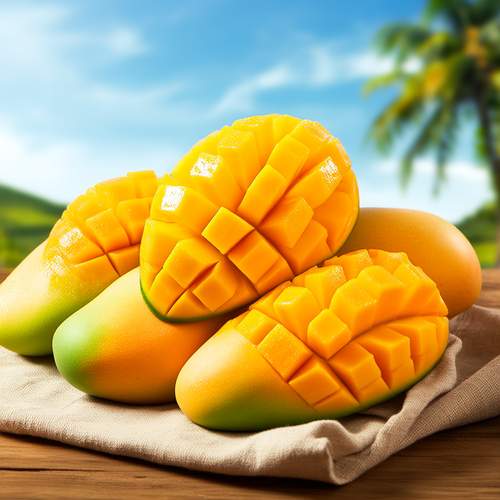
By /May 26, 2025
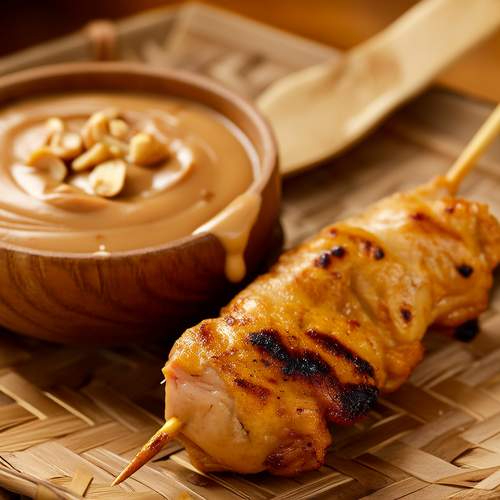
By /May 26, 2025

By /May 26, 2025